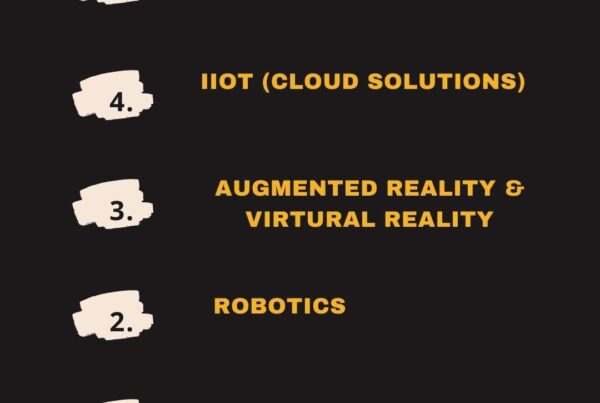A Case Study in What Not to Do:
(Need to slow down? Hit the red button…)
There are crazy stories, and then there are normal days on the plant floor.
Sometimes those two things overlap.
This story comes by the way of Stan.
The Facility:
A mid-sized beverage packaging facility.
This group specifically packaged dairy into boxes, think school lunches.
About 10 year ago when Stan started worked here, there was very little automation. The packaging and palletizing was all done manually.
Setting the Stage:
One of Stan’s first jobs in college was working the line for a facility putting milk into boxes for transportation.
Fairly simple, you’re going to stand here and do the same thing over and over for 8-12 hours every day. Just do that and don’t break anything.
And of course, as is typical in all manufacturing facilities, there was a full and thorough onboarding explaining each position and how everything works… (NOT!)
The Onboarding Process:
Stan’s onboarding involved the person who was moving up giving Stan a quick one-time run through of the position.
The “trainer” spoke mostly Spanish.
Stan spoke mostly English.
So with that massive language barrier firmly established, Stan got his “onboarding.”
The famous last words are what stuck with him the most.
“If you get behind, hit the red button and it slows down the line.”
With that, Stan was sent to the line.
The Problem:
Quite simply, without proper training, Stan got behind quickly and often.
So what’s a guy to do?
Push the red button that slows down the line.
That button was the Emergency Stop (E-Stop).
If you don’t know, the E-Stop slams everything to an immediate grinding stop.
Typically, there would be flashing lights or alarms and someone(s) would swoop in to figure out what happened.
That was apparently not the case at this facility.
Stan worked at this facility for about six months, five days a week. He averaged hitting the “red button” four times a day. At no point did anyone tell him what happened or the issues that occurred whenever he pushed that helpful red button.
It was not until years later, working for a machine builder, that Stan realized what had been happening.
Now, if I did not hear this story first hand, I wouldn’t believe it. But thinking about the overworked, underpaid young people that typically fill positions such as Stan’s, well, in this industry anything can happen.
The Cost:
The estimate that Stan gave, 10 years of learning and self-reflection later, was $1,000 of loss per E-Stop.
When we consider that we’re talking about lost product, lost production, wasted labor costs, and unnecessary downtime… depending on the size of the facility and the raw materials, that’s probably low.
If we estimate 125 shifts a year x 4 E-Stops a day x $1,000 per incident. . .
We see that the cost of this red button debacle was $500,000.
The whole situation is completely mind boggling, that no one saw this happening and intervened. It goes to show though, that if you’re not effectively training and consistently paying attention to your new operators, then anything is possible.
The Solution:
We could have solved this problem many ways.
First and foremost, we could have provided actual training before throwing someone on the line.
Read about Multi Modal Training.
Second, we could have tracked downtime or OEE (Overall Equipment Effectiveness).
Last, the organization obviously had some culture issues if a manager didn’t see this issue or a coworker didn’t say something.
The Takeaway:
I spend a lot of time talking about ROI. That doesn’t just mean investing in newer equipment or technology to see the return though.
Developing and implementing effective training is an investment in your employees, present and future.
Implementing simple software tools such as OEE and downtime tracking can save you a world of hurt and millions of dollars annually.
And lastly, nurturing a company culture that values your workers, one that encourages them to be self-motivated and independent problem solvers, can future-proof and sustain your organization for years to come.



